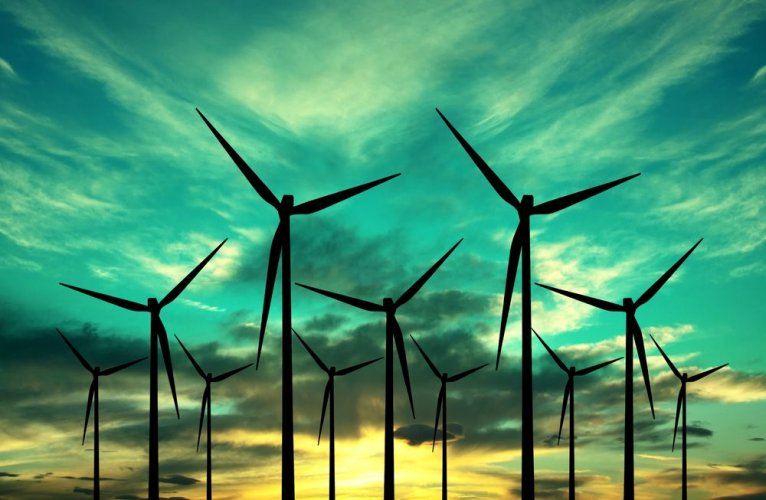Total capital expenditures in the wind sector will more than double to $ 102 billion in 2030 from $ 46 billion in 2021.
These are the results of a study conducted Ristad Energy, the largest independent energy consulting company in Norway.
According to a press release from Rystad, global investment in offshore wind energy will grow significantly this decade as countries seek to move to cleaner energy sources.
"Offshore wind energy is expected to grow significantly this decade, and its operational capacity is expected to exceed 265 GW in 2030," said Rystad analyst Anubhav Venkatesh.
The driving force behind this growth is a significant increase in capacity in Europe. "This strengthens the region's place as a world leader in offshore wind energy," the statement said.
By 2026, Europe will have a capacity of more than 57 GW, the press release said. Analysts predict that capital expenditures in Europe in 2030 will reach $ 53 billion against $ 15 billion in 2021.
The countries of North and South America were in no hurry to enter the offshore wind market, but it seems that this year the situation is beginning to change. Researchers predict that the region will spend $ 3.3 billion last year compared to $ 700 million last year. At the end of this decade, they could rise to almost $ 15 billion.
Meanwhile, investment growth in China, which is now a major player in the offshore wind market, will slow, Rystad analysts say. In 2020, they amounted to almost $ 25 billion, which is twice the figure of Europe. However, in 2030, China's capital expenditures in this area will be reduced to $ 7.7 billion.
Asia, with the exception of China, and the United States, which are fairly new regions for the offshore wind market, are also expected to launch their first large-scale projects in 2022 and 2024, respectively.
Before EcoPolitics reported that Rystad Energy research has shown that cumulative global service costs worldwide by 2025 carbon capture and storage (CCS) will be about $ 52 billion





